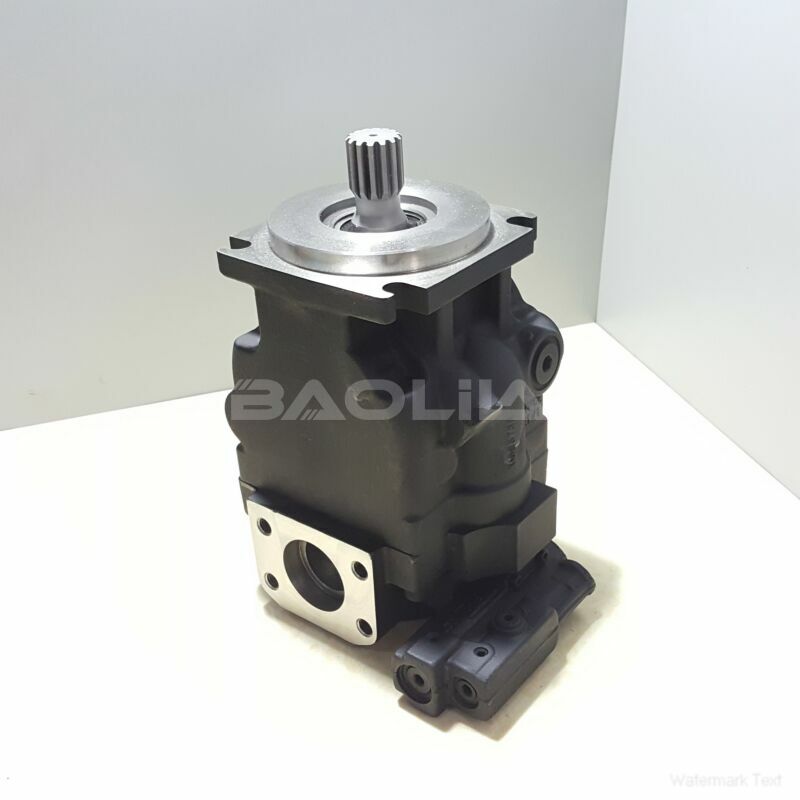JRLS51BPC28NNNNN3S1AEA2NNNNJJJNNN hydraulic pump
JRLS51BPC28NNNNN3S1AEA2NNNNJJJNNN hydraulic pump

- Product Details
- Applicable Scene
While hydraulic pumps are invaluable in environmental engineering, there are several important considerations to keep in mind when selecting and implementing these systems. First, the energy efficiency of hydraulic pumps should be evaluated. Given the increasing emphasis on sustainable practices, selecting pumps that minimize energy consumption can significantly reduce the overall environmental impact of a project.
JR-L-S51B-PC-28-NN-NN-N-3-S1AE-A2N-NNN-JJJ-NNN
JRLS51BPC28NNNNN3S1AEA2NNNNJJJNNN
Another consideration is the maintenance and reliability of hydraulic pumps. Regular maintenance is crucial to ensure optimal performance and extend the lifespan of the equipment. This includes monitoring for wear and tear, ensuring seals are intact, and regularly checking fluid levels. Failure to maintain hydraulic pumps can lead to system inefficiencies, increased downtime, and costly repairs.

83027283
Moreover, the environmental impact of the pump system itself should be assessed. This includes evaluating potential noise pollution, emissions from power sources, and any chances of fluid leakage that could harm the surrounding environment. Implementing sound engineering practices and utilizing environmentally friendly materials can help alleviate these concerns.
In conclusion, hydraulic pumps are a cornerstone of many applications in environmental engineering, from water supply and wastewater treatment to site remediation. Their effectiveness in moving fluids efficiently underscores their importance in maintaining environmental integrity. However, careful consideration of factors such as energy efficiency, maintenance, and environmental impact is essential to optimize their performance and enhance sustainability in engineering practices. As technology evolves, continued innovation in hydraulic pump design and functionality will further strengthen their role in safeguarding our environment.





